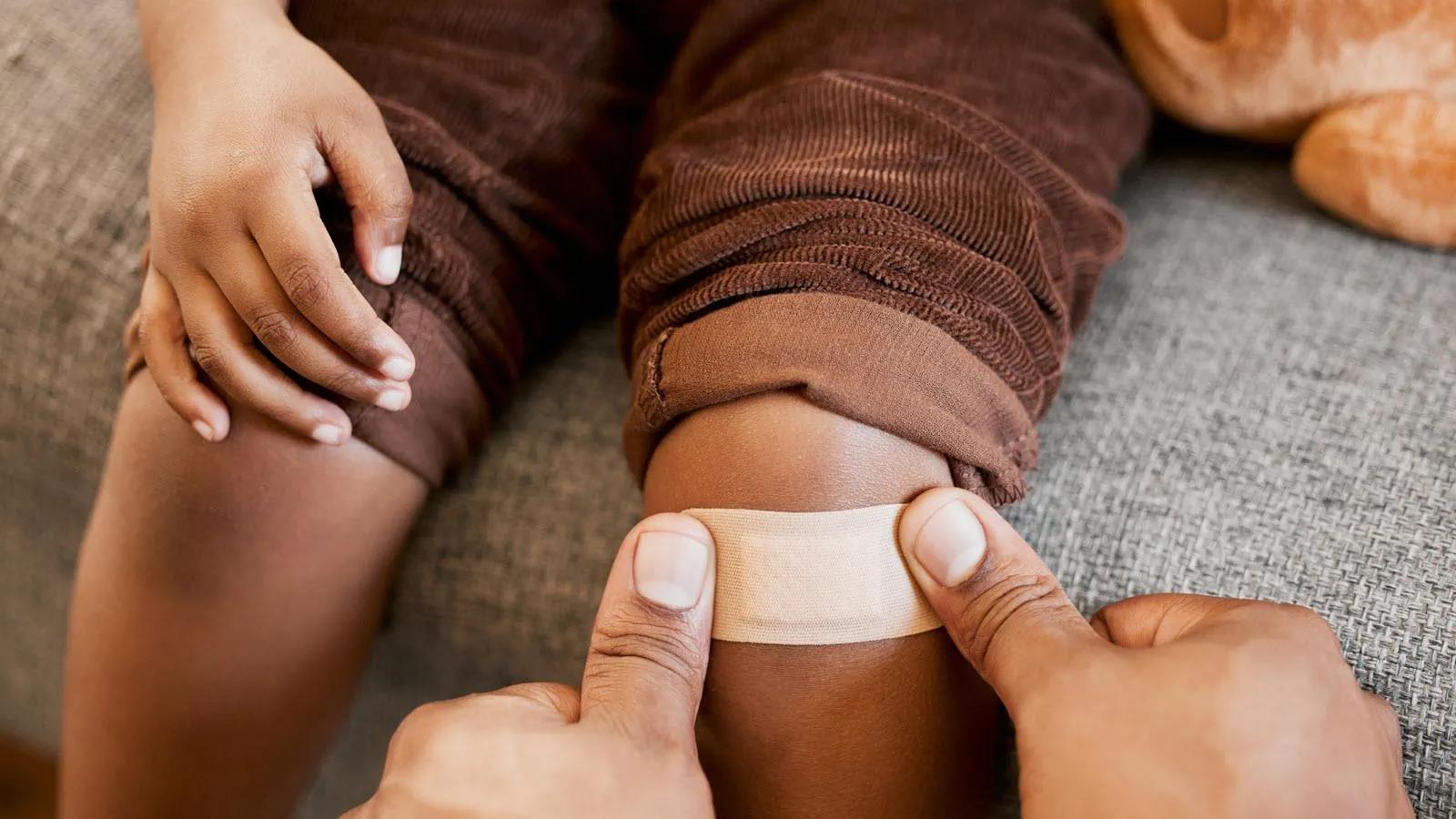Coagulation prevents excessive blood loss and promotes healing after an injury. It’s easy to take for granted because it happens all the time – after every skinned knee or finger nicked by a kitchen knife.
How does it work? Turning liquid blood into a gel, or clot, requires an immediate response from cells called platelets and a cascade of events involving more than 10 different blood proteins called clotting “factors.” Problems with certain factors, which could be missing or not working well, are the cause of bleeding disorders, such as hemophilia and von Willebrand Disease.
We say blood coagulates, but coagulation is actually step two of a broader process called hemostasis. Hemostasis stops a blood vessel from bleeding through interlinked steps:
- The blood vessel constricts, or narrows.
- Platelets form a temporary plug.
- The coagulation cascade, involving different factors, is activated.
- Fibrin, a mesh made of protein, forms the final clot.
Once a blood clot forms, bleeding will stop, and the body will heal. When healing is complete, the clot will dissolve. This normal process works together with the immune system to help the body control bleeding and repair after injuries.
Though researchers identified the coagulation cascade in the 1960s, the intricacies of hematology are still being studied closely for a better understanding. Every year, through the Professor Heimburger Award, CSL Behring gives grants to the next generation of coagulation specialists in support of their novel research into hematological conditions.
When something goes wrong with hemostasis or coagulation, it likely involves platelets or clotting factors, two key ingredients in the process.
- Platelets are cells that move through the blood. When a blood vessel is damaged, the blood vessel sends chemical signals to the platelets. When platelets receive the signal, they travel to the damaged area and change shape. They become long and thin, reaching out to other platelets to stick and seal the injury forming a plug.
- Clotting factors are proteins in the blood that coordinate with platelets to prevent bleeding. The clotting factors, named Factors I – XIII in order of their discovery – stabilize the plug by catalyzing a process that ends in the fibrin mesh clot.
People with untreated bleeding disorders can experience excessive bleeding after an injury, during menstruation, or after surgery. They can also experience bleeding in the joints or other places inside their bodies.
Most bleeding disorders are inherited, which means they’re present at birth and may be due to mutations (errors) in the DNA code. A person with a hereditary bleeding disorder may have inherited a problem with the gene that makes the clotting factor.
While hemophilia might be the most well-known bleeding disorder, it’s not the only one, or even the most common. Von Willebrand Disease (VWD) is the most common bleeding disorder and is caused by a problem with von Willebrand Factor (VWF).
VWF in the blood helps platelets stick together, like ’glue’, to form a clot at the site of the injury and stop the bleeding. Without VWF, a clot could take longer to form or form incorrectly, causing heavy bleeding.
Hemophilia is caused by mutations in one of two clotting factors: clotting factor VIII (hemophilia A) and clotting factor IX (hemophilia B).
Males are more commonly affected by hemophilia because the genes that make these factors are located on the X chromosome. Males have one X chromosome, whereas females have two. Though some women do have hemophilia, it’s rare because the second X chromosome serves as a back-up and may compensate for the problem.
Watch this video about hemophilia to learn more:


